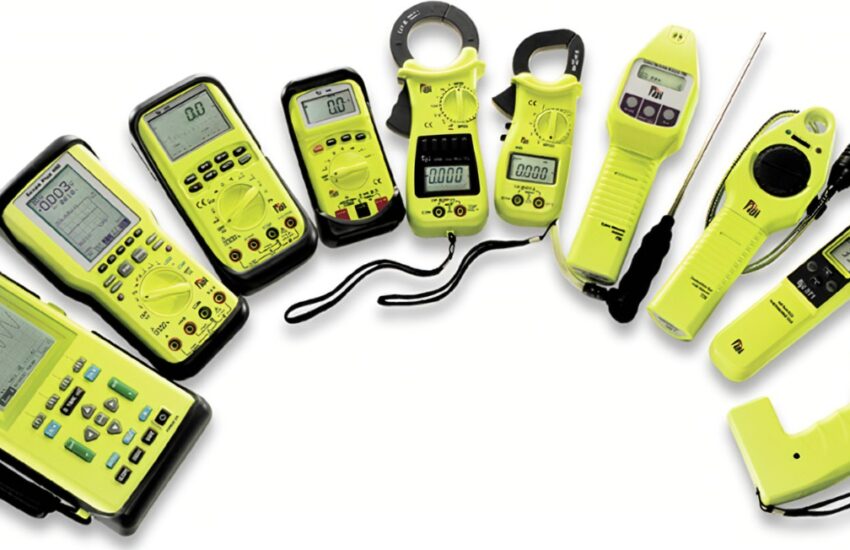Level measurement is actually the measurement of fluid level and the instruments used for that are called level measuring instruments. The measure of height is called the level and that is measured by these instruments. The measurement of levels plays a very important role in ensuring the safety of the whole process and system which is why the level measurement is carried out regularly.
The level measurement devices may be used to determine the level of gas or fluid, and they can do it directly or indirectly, depending on the purpose. A level measurement equipment acts as an indicator that displays the liquid level, and this information is sent in the form of AC signals for control purposes. According to the setpoint, the level switches would check if the liquid is at a high or low level.
Direct and Indirect level measurements
Direct level measuring is a simple procedure that relies on physical concepts including fluid dynamics, floats, and thermal characteristics. Slight gas, float operated, dipstick, dip rods, and lead lines are among the various forms of level measuring that fall into this category. The density of the measured substance is not a limitation in direct level measurement because the position of the contact is defined.
Measurements of other variables, such as volume, are used to determine the indirect level. As a result, this approach determines level using other characteristics such as pressure, weight, or temperature. So it can’t be used to test different materials; if we need to, we’ll need to employ a corrosive factor or recalibrate the device.
Selecting the right instrument for application
There are several varieties of level instruments, each of which operates according to a distinct principle. As a result, we must choose a level measurement device based on process characteristics such as pressure, temperature, medium, etc. Following criteria must be considered while selecting the level measuring instrument
- We must choose it based on the tank, such as whether it is open or closed.
- Is the measurement direct or indirect?
- The material to be measured must be treated as if it were a liquid, solid, or anything else.
- We must additionally evaluate if the measurement is continuous or point.
- We must also examine how the measurement equipment is installed in the tank, such as if the level sensor may be inserted inside the tank or whether it must be external. Non-contact or contact
Continuous, Single Point and multipoint measurements
Single Point Measurement
This form of level measurement indicates if the measured medium is high or low in comparison to a predetermined level. As a result, it essentially tells whether the level is high or low. This type is used to indicate when there is an overflow.
Multipoint Measurement
The level is shown in two or more points in a tank in this form, and these two separate points would function depending on whether the level is high or low. When many single-point devices are used in a vessel, a continuous level measurement may be achieved.
Continuous measurement
The device in this system would verify the product height based on a variety of positions within the tank. This measuring method is utilized when precise control is required and the product level must be maintained at a specific level.
Contact and Non-contact measurement
A contact measurement is one in which a portion of the measuring instrument comes into touch with the medium being measured; floats and dipsticks are examples of this sort of measurement. The measuring equipment will not come into touch with the medium it is measuring in the non-contact kind.

